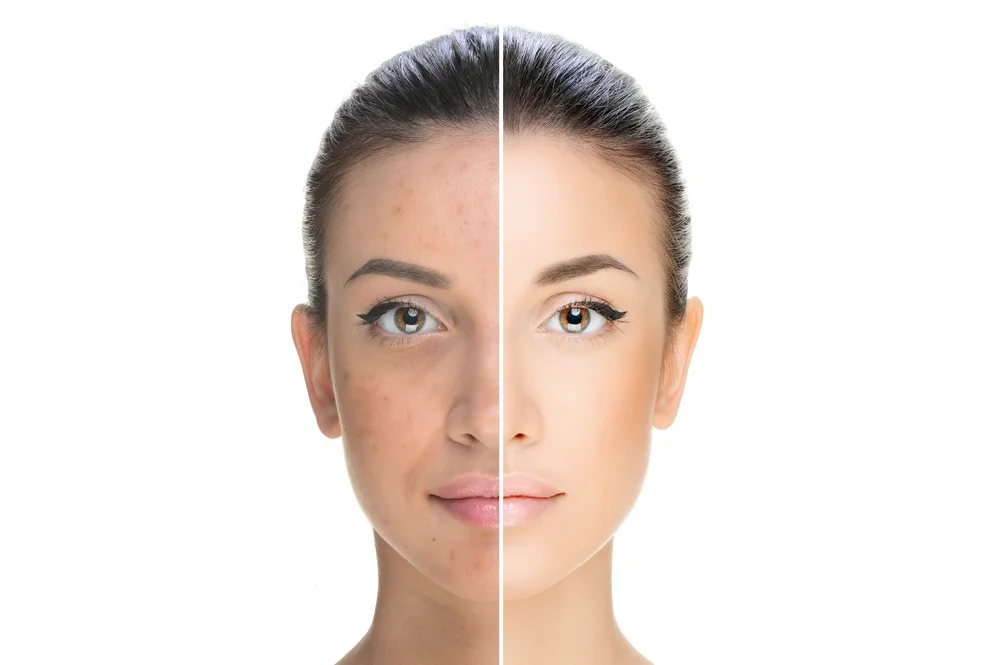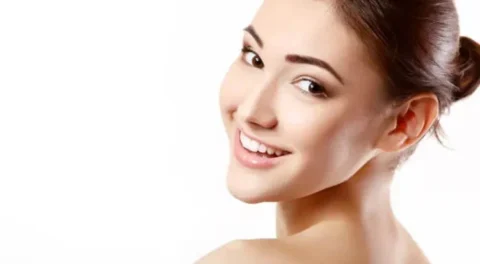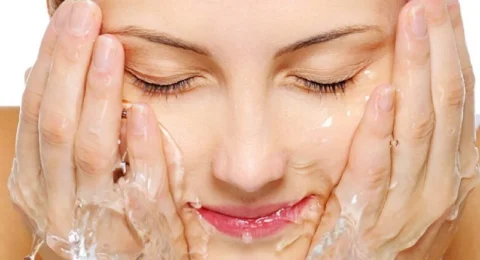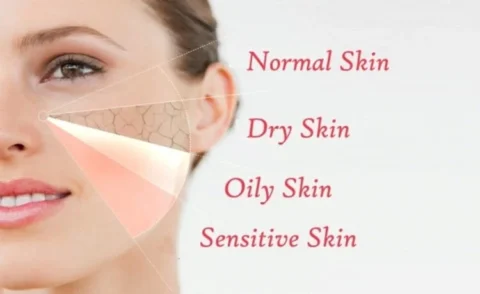Topical skin lightening or de-pigmenting agents are often prescribed to treat hyperpigmentation such as age spots, liver spots and other skin conditions that cause areas of the skin to darken or change color. Although advances in the field of laser technology have made laser treatments an effective and fast solution to hyperpigmentation, some people prefer to try topical agents first, and there are several options.
Many people aren’t familiar with skin lightening agents and what they’re used for; some people have a skin condition or complexion issue that has caused irregular pigmentation to occur in different areas, giving their skin an aged or injured appearance. Others use skin lightening agents for different aesthetic reasons.
Cells that make melanin produce the brown pigment in our skin that causes age spots and other forms of hyperpigmentation. Most skin lighteners actually block the formation of melanin—they really don’t “bleach” the skin, they simply stop it from being produced. Safe pigment reducers are vitamins like vitamin C, vitamin A, and vitamin B3 (niacin). Other herbs like emblica and licorice, and fruit acids like glycolic acid, also work.
Those who suffer from hyperpigmentation, melisma, acne scars and uneven skin tone can benefit from topical skin lightening treatments. Among the most commonly used topical skin lightening agents are hydroquinone-based creams such as Eldoquin, Epiquin Micro and Lustr. Hydroquinone works by inhibiting the action of an enzyme called tyrosinase that produces melanin, the pigment that gives skin its color. Used properly, hydroquinone gradually fades pigmented areas such as sunspots over a period of four to six weeks.
Another popular topical skin lightening treatment, retinoids (a vitamin A product,) was introduced in the early 1970’s as an acne treatment. Today, retinoids are used to treat hyperpigmentation of the skin or conditions that give the skin an uneven tone by sloughing them off and interfering with the production of melanin. Retinoids stimulate surface skin cells to turn over and die rapidly, making way for healthy new cell growth underneath. They also hinder the breakdown of collagen and thicken deeper layers of skin where wrinkles start.
Prescription-strength tretinoin and retinoic acid (Retin-A, Renova, Refissa) is far more potent than over-the-counter retinol-containing products. Makers of the over-the-counter creams and gels don’t have to tell you much retinol their products contain, and these products might not be as effective as tretinoin. But they do smooth out the skin and minimize the effects of sun damage. It takes three to six months of daily use to notice a more evened skin tone or fading of hyperpigmented areas, while prescription retinoids can provide a noticeable improvement in just six to eight weeks.
There are also different vitamins and antioxidants that have a skin lightening affect, such as glutathione—an antioxidant used to lighten skin topically through glutathione-based soaps or creams. Glutathione has been proven to prevent the production of melanin. Many people find that using glutathione-based creams or gels for skin lightening reduces the appearance of acne scars and scars caused from an injury in addition to fading various dark spots and age spots. While it cannot completely rid the skin of all imperfections, if used over a long period of time, glutathione can significantly reduce their visibility.
Topical corticosteroid-based creams or gels lighten the skin by slowing down skin cell turnover to reduce melanin production. However, these products are highly regulated can cause some serious side effects.
Today’s skin-lightening treatments are not nearly as harsh as the prescription products of the past, and many skin-lightening treatments contain ingredients that can also help your skin to look younger.
The most common ingredients found in skin lightening treatments that can double as an anti-aging product are vitamin C and alpha hydroxy acids, which can stimulate the growth of new collagen in the skin, and bearberry extract, a natural ingredient that contains antioxidants known to kill free radicals that can damage the skin and cause wrinkles.
Topical skin lightening treatments are cost effective compared to most other options. They’re easy to use with no significant time commitment necessary. Most people have great results from skin lightening treatments, and maintaining the results is considerably easier than other treatments. Make sure to follow your medical practitioner’s advice carefully with topical skin lightening products to avoid unwanted side effects.







